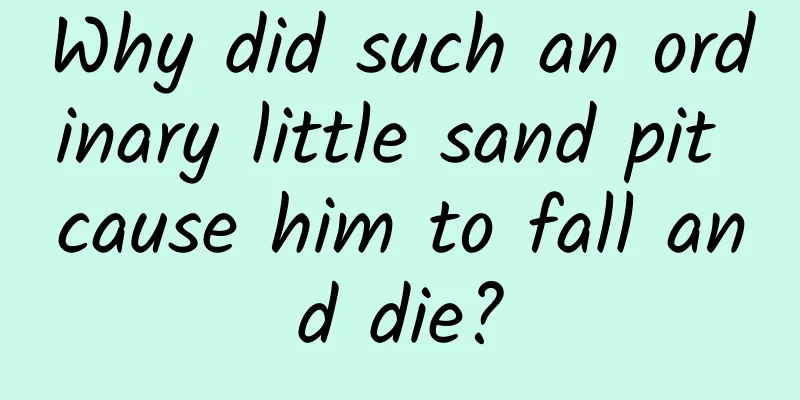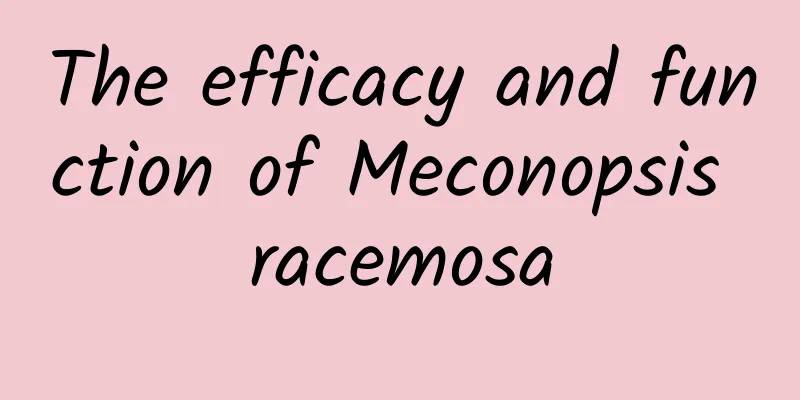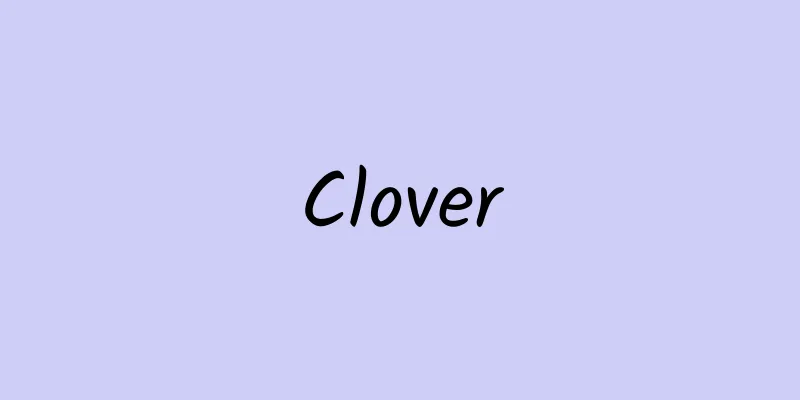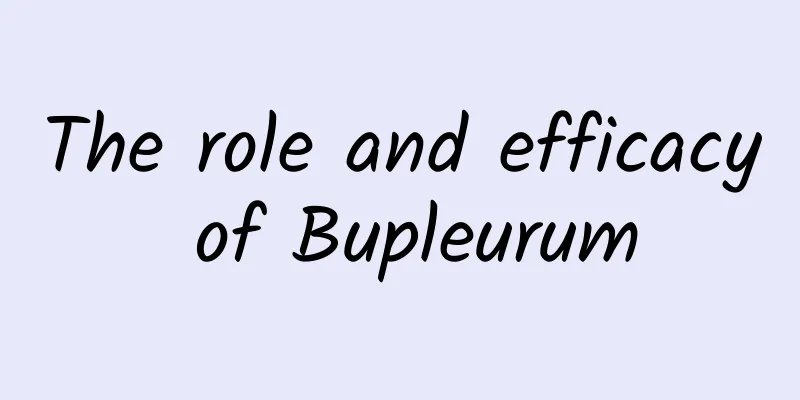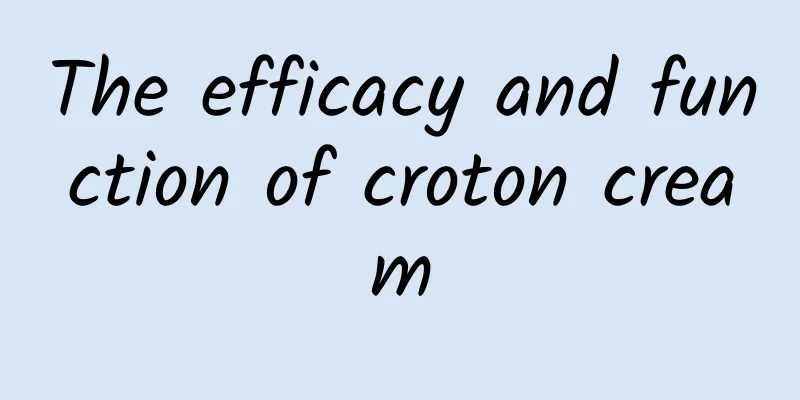What is the difference between He Shou Wu and Dioscorea bulbifera
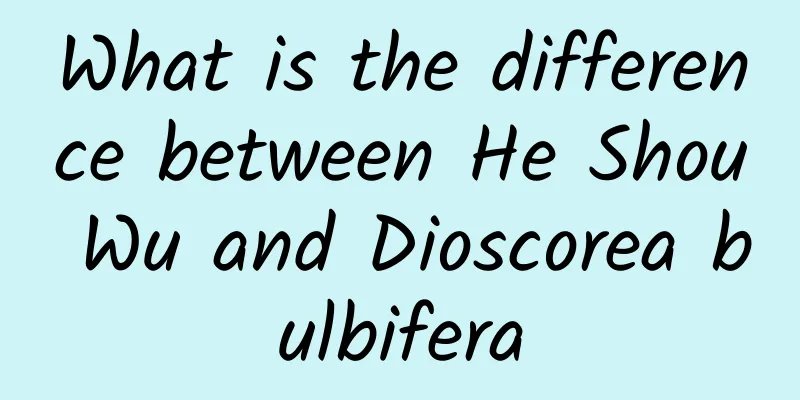
|
Many people know or are aware of Polygonum multiflorum, which has high medicinal value and can be eaten to treat diseases. However, they are not clear about Dioscorea bulbifera, and people without medical knowledge are not clear about its properties. So what is the difference between Polygonum multiflorum and Dioscorea bulbifera? To understand the difference between the two herbs, we have to judge based on the properties and functions of the herbs before we can diagnose the difference. To this end, we need to analyze the main functional properties of Polygonum multiflorum and Dioscorea bulbifera. Polygoni multiflori (scientific name: polygoni multiflori), also known as wild seedling, cross vine, cross stem, night-blooming jasmine, goblin, peach willow vine, red kudzu, nine-true vine, Ruicao, snake grass, Chen Zhibai, horse liver stone, nine-true vine, sore broom, etc. It is a perennial twining vine of the Polygonaceae family. The roots are slender, ending in a large tuber, and are reddish brown to dark brown in appearance. "Compendium of Materia Medica" records: "Polygonum multiflorum is found everywhere today. The best ones are those from Songshan in western Luoyang and Zhecheng County in Nanjing. In spring, seedlings and leaves grow. The leaves are relatively similar to sweet potatoes but not shiny. Its stems spread between bamboo and wooden walls. The fruits have ridges like buckwheat but are smaller, only as big as millet. The roots are collected in autumn and winter. The big ones are as big as fists, each with five ridged petals, and look like small melons." The tubers, vines and leaves of the plant can all be used for medicinal purposes, and their Chinese names are: Polygonum multiflorum, Polygonum multiflorum, and Polygonum multiflorum leaves. The Chinese medicine Polygonum multiflorum can be divided into raw Polygonum multiflorum and processed Polygonum multiflorum: the raw Polygonum multiflorum has the functions of detoxification (preventing malaria), moistening the intestines and promoting bowel movements, and eliminating carbuncles; the processed Polygonum multiflorum has the functions of replenishing essence and blood, blackening hair, strengthening tendons and bones, and nourishing the liver and kidneys. Dioscorea bulbifera (a medicinal material name in Jiangsu, Anhui, Zhejiang, Yunnan and other provinces) is distributed in southern Henan, southern Anhui, southern Jiangsu, Zhejiang, Jiangxi, Fujian, Taiwan, Hubei, Hunan, Guangdong, Guangxi, southern Shaanxi, southern Gansu, Sichuan, Guizhou, Yunnan and Tibet. Contains diosbulbine A, saponins, tannins and starch. The semi-dried tubers contain 22.5% sucrose, 0.69% reducing sugar, 2.5% starch, saponins and tannins. It also contains diosgenin B, C and diosgenin. Pharmacological action: Dioscorea bulbifera has a certain therapeutic effect on animal goiter caused by iodine deficiency. The decoction or alcohol extract has an inhibitory effect on the isolated intestine, but an excitatory effect on the non-pregnant uterus, and also has a hemostatic effect. The water extract has different degrees of inhibitory effect on various pathogenic fungi in vitro. It can directly inhibit the myocardium, and the inhibitory effect of the alcohol extract is stronger than that of the water decoction. Adverse reactions: After taking Dioscorea bulbifera preparations at regular doses, dry mouth, loss of appetite, nausea, abdominal pain and other digestive tract reactions may occur. Overdose can cause burning pain in the mouth, tongue, throat, etc., salivation, nausea, vomiting, abdominal pain and diarrhea, pupil constriction, and jaundice in severe cases. Its direct toxic effect is the result of the drug or its substitute products interfering with cell metabolism when they reach a certain concentration in the liver. The accumulation of a large amount of toxic substances in the body can lead to acute liver poisoning, and finally obvious jaundice, hepatic coma, suffocation, and death from cardiac paralysis. What is the difference between Polygonum multiflorum and Dioscorea bulbifera? After reading the article, you can clearly understand the difference between the two types of medicinal materials. The medicinal effects of Chinese medicine are complex. The properties of the medicinal materials must be distinguished when using them. The doctor will prescribe a prescription for treatment. Of course, it is difficult for patients to fully understand the properties of the medicinal materials in the prescription, but they can communicate with the doctor to judge the usefulness of the treatment. Chinese medicine should not be taken indiscriminately, but must be taken according to the dosage, number of times of drinking, etc., to achieve good effects of treatment or conditioning. |
<<: Who is not suitable to eat toad oil?
>>: What is the difference between Polygonum multiflorum and processed Polygonum multiflorum?
Recommend
The rights and wrongs of "white people's rice"
Recently, "white people's rice" has...
The efficacy and function of Pulsatilla flower
In modern life, everyone is very familiar with va...
The efficacy and function of blunt tooth green pod leaves
We know that there are many kinds of Chinese medi...
Why do subway doors sometimes open on the left and sometimes on the right? I finally understand today
When riding the subway Do you have such doubts? O...
What is pine pollen
When it comes to the question of what pine pollen...
How to eat Cordyceps sinensis?
Everyone must have seen Cordyceps sinensis, which...
As high temperatures approach, be alert to these 8 summer diseases!
On June 15, the Central Meteorological Observator...
The efficacy and function of duck foot wood bark
Schefflera bark is a common Chinese medicinal mat...
The efficacy and function of licorice tablets
Medicine is the best choice for treating diseases...
Where does the oxygen that astronauts breathe in space come from?
In early April 2021, I joined an expedition to co...
From the fog, look at the weather
Produced by: Science Popularization China Author:...
The efficacy and function of Qingliang rice
Sorghum rice is a common type of Chinese medicine...
New research finds that eating this kind of food can improve your liver!
Recent studies have shown that eating a diet rich...
